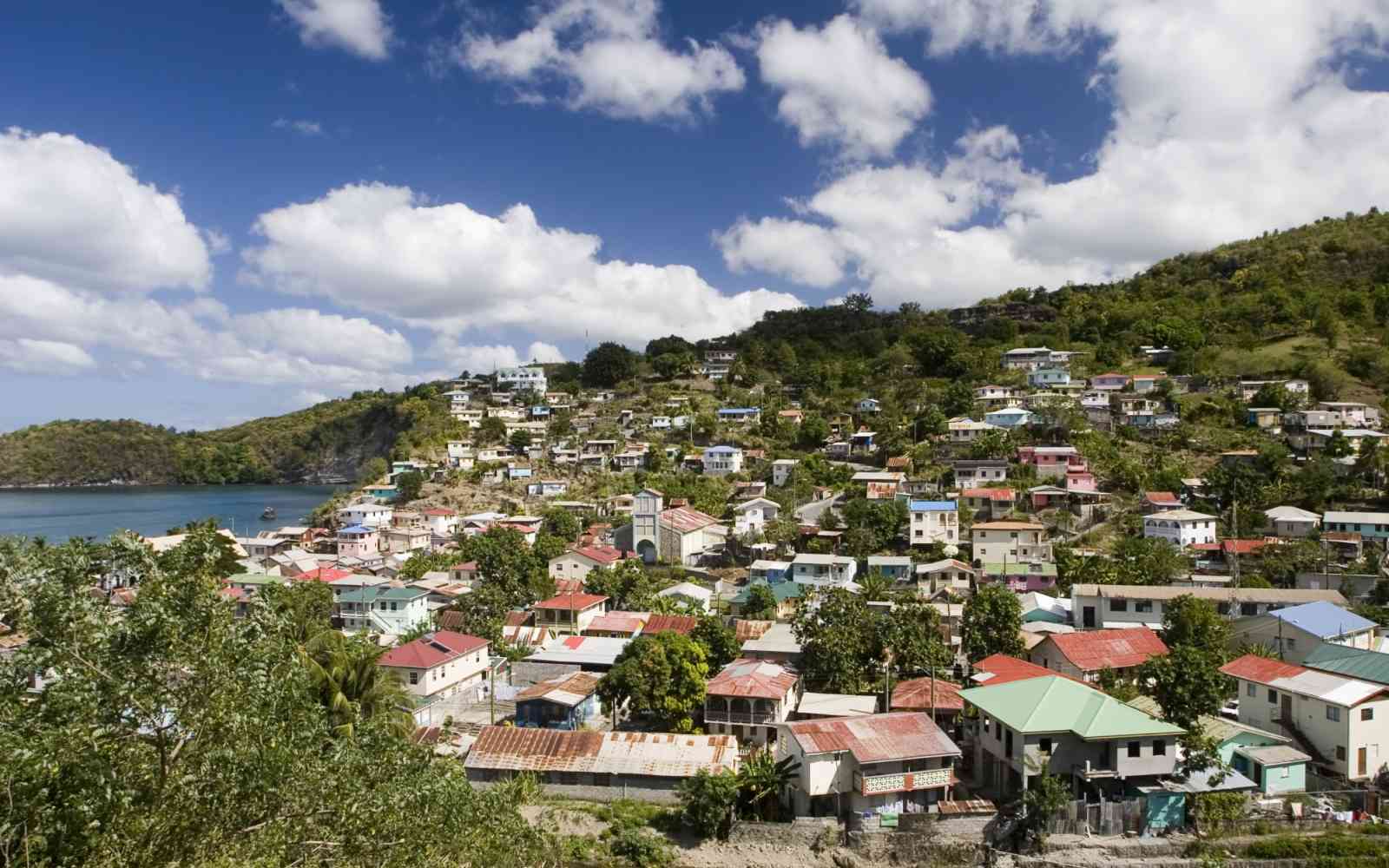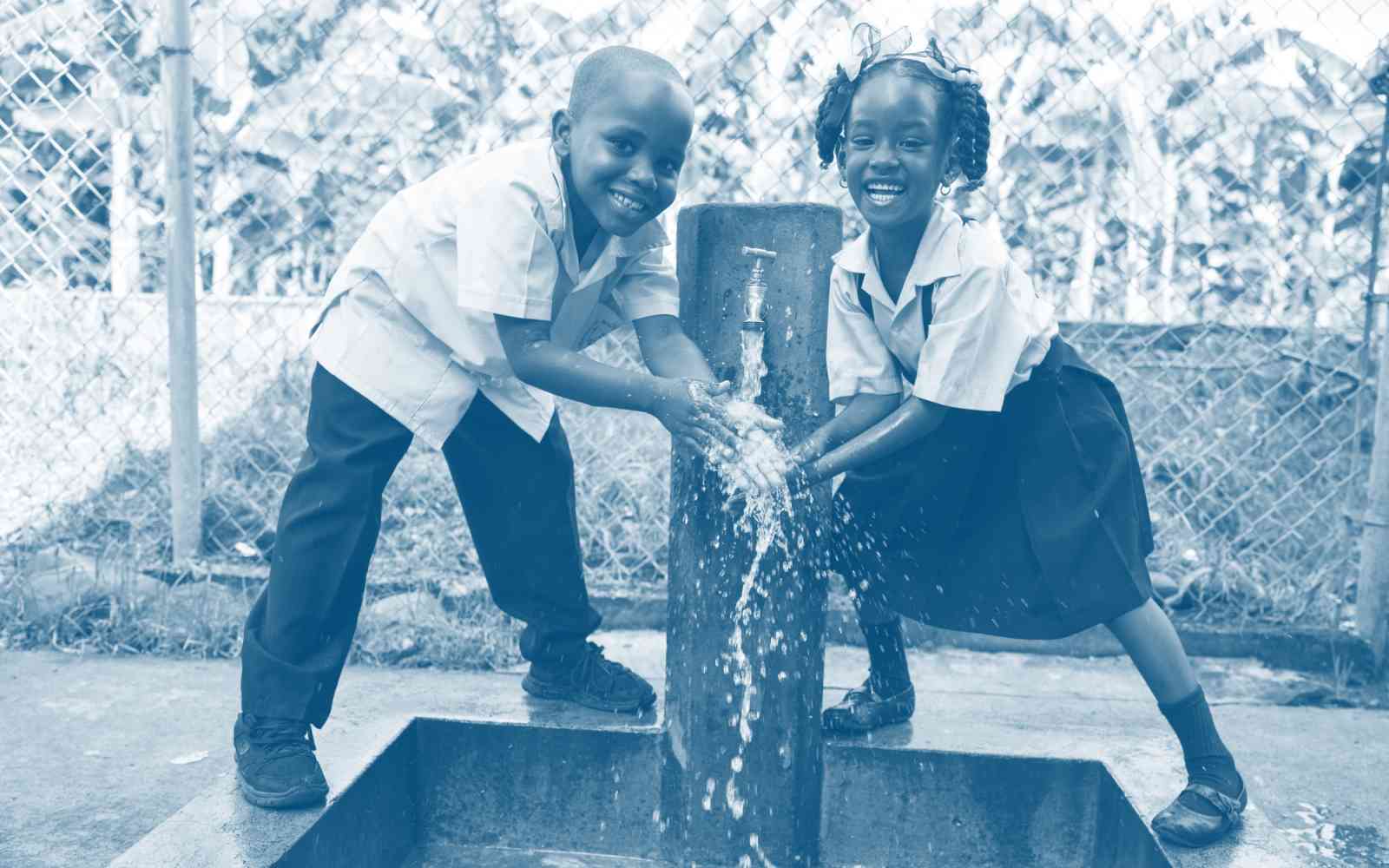The United Nations Office for Project Services (UNOPS)
The importance of inclusive infrastructure for climate action
Inclusive and rights-based climate action must be integrated into infrastructure development to support the Paris Agreement and Sustainable Development Goals, according to UNOPS latest research.
Global efforts to combat climate change and achieve sustainable development are falling short. The dangerous effects of climate change will continue to have extreme impacts on all people, but especially women and marginalized groups – including indigenous peoples, people living in poverty and persons with disabilities.
‘Inclusive infrastructure for climate action’ paves a path towards responding to the climate crisis and building a sustainable future that leaves no one behind. Featuring expert insights from 10 non-governmental organizations that work directly with marginalized people and communities across the world, the publication offers recommendations to develop infrastructure that is equitable, accessible, affordable, empowering and does no harm.
The report finds that inclusive infrastructure influences the achievement of up to 88 per cent of the Sustainable Development Goals (SDGs) and calls for an approach to infrastructure that identifies and responds to marginalization, socio-economic inequalities and climate vulnerabilities.
When infrastructure is inclusive, it empowers all people to have a good quality of life, fully participate in society and be more resilient to climate change impacts.
According to the research, women and marginalized groups are estimated to make up more than 80 per cent of the global population and are therefore the majority of infrastructure users. Yet current infrastructure solutions, particularly in the context of climate change and climate disasters, fail to meet their specific needs.
“The assets of poor people are mainly physical, including their homes and livestock to support their livelihoods, so it is very difficult for them to go to cyclone shelters more than 2 kilometres away,” said Abu Sadat Moniruzzaman Khan, Climate Change Programme Head at BRAC, reflecting on the hardships people face during climate disasters.
“From that aspect, climate change programmes need to take into account both an inclusive principle and a climate principle,” he added.
By examining the barriers that many people face – including discrimination and social exclusion, physical barriers and lack of safety, prohibitive costs and requirements, limited access to information, and lack of access to decision-making – the publication identifies ways to mainstream inclusion in climate-compatible infrastructure development. This includes identifying 7 action areas and 24 recommendations that governments and other stakeholders can use to deliver inclusive infrastructure for climate action.
"This publication is a positive step towards promoting infrastructure that leaves no one behind, for a better future for us all,” said Jens Wandel, UNOPS Acting Executive Director.
“Climate-resilient infrastructure should be considered as a critical need – and a growing need – as climate issues get worse and worse,” said Gavin White, Executive Officer for the Climate Change and Resilience Committee at World Urban Parks, and one of the contributors to the publication.
“It’s a matter of prioritization – focusing on people and a service approach, as opposed to infrastructure for economy, which is important but leads to a car-centric, people-adverse planning and design that we’re aiming to step away from,” he added.
This publication builds on previous UNOPS research, which identified that infrastructure is key to addressing issues of sustainability and climate action – it influences up to 92 per cent of the SDG targets, is responsible for 79 per cent of total greenhouse gas emissions and accounts for 88 per cent of all adaptation costs.
‘Inclusive infrastructure for climate action’ was launched at a special UNOPS-hosted session within the Climate Mobility Pavilion at COP27. The event included speakers from the UN Climate Technology Centre and Network, BRAC and the Commonwealth Secretariat.













